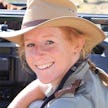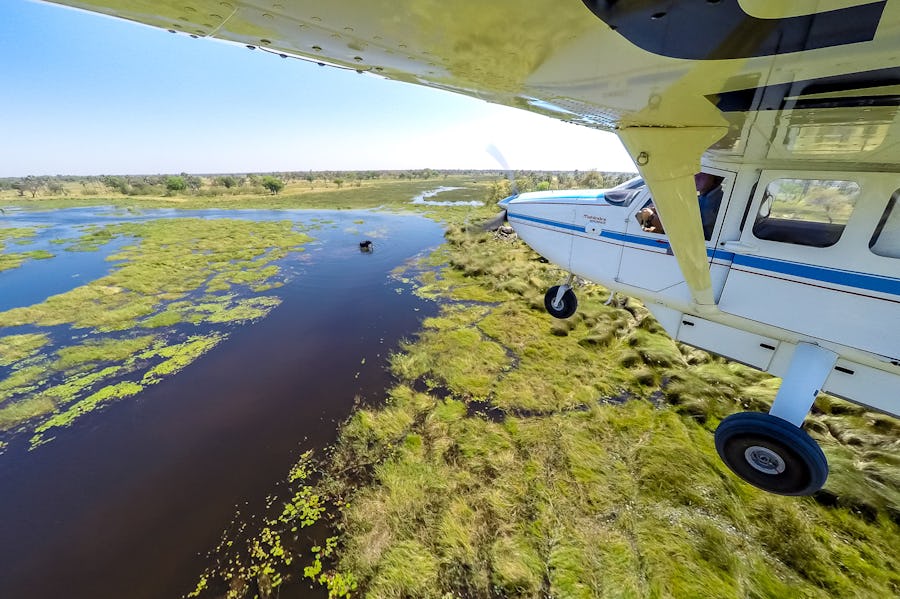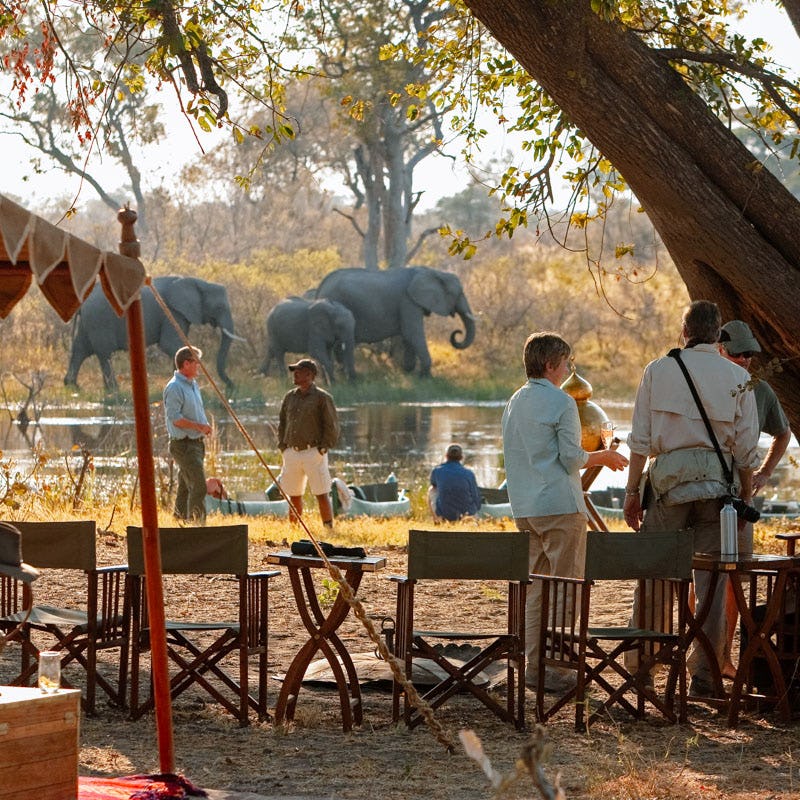Botswana is a country of legendary safari status, and the question we hear most often is, ‘When is the best time to visit Botswana?’ In all honesty (and as with many things in life!) there’s no black and white answer. Each season has its own unique charms and experiences, and one person’s favourite time of year may well be someone else’s worst. To help kick-start your planning, we’ve come up with a broad guide to the seasons in each of Botswana’s safari hotspots. If you are looking for even more in depth Botswana tips, make sure to read our Botswana Travel Guide and if you are trying to save some pennies while traveling check out How to plan an affordable Botswana safari.
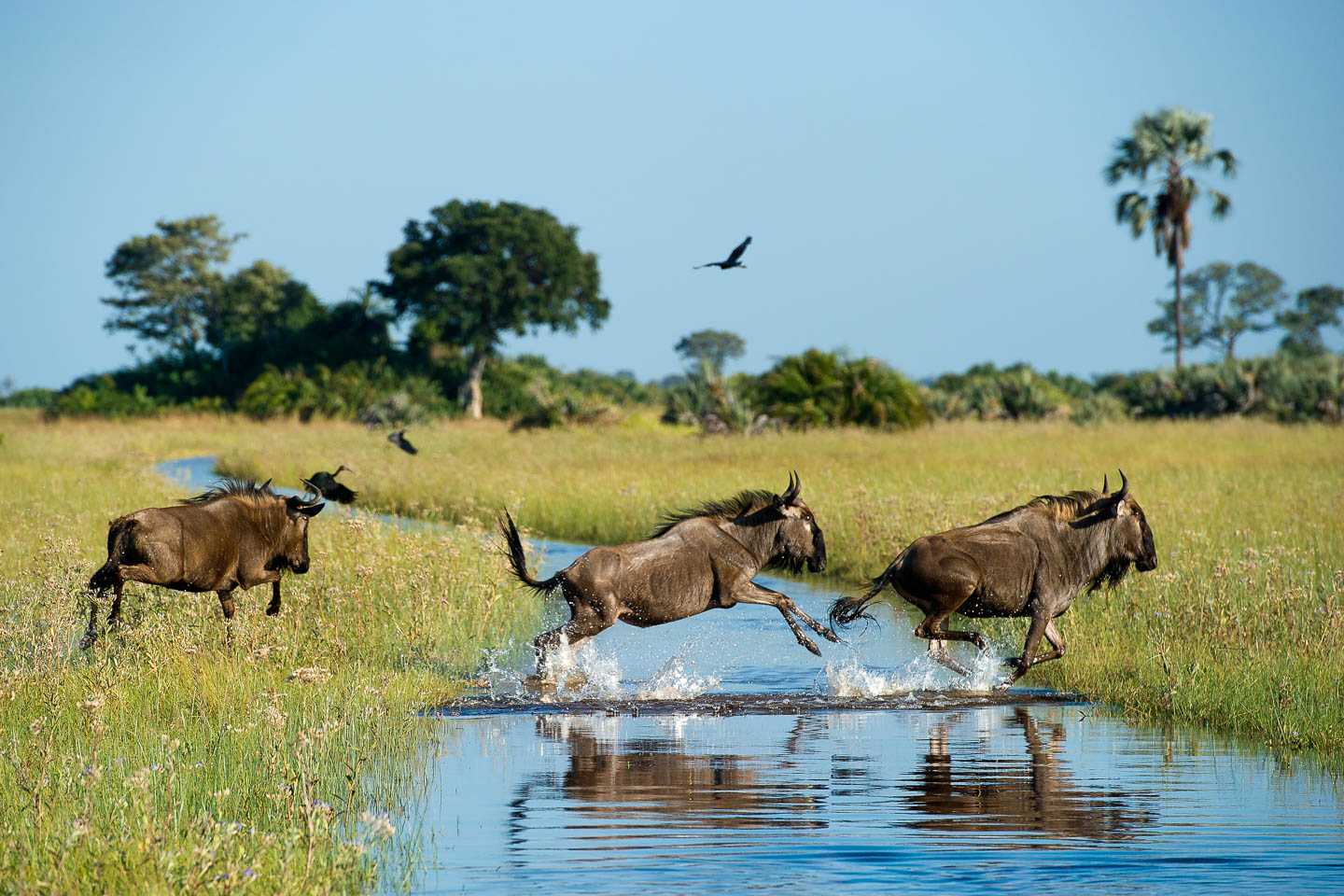
Generally, the climate in Botswana is typical for southern Africa. This means that June to October are considered the dry season months, with little rain, bright, blue skies and lots of sunshine, whilst December to March are the rainy season months, or ‘green’ months as we prefer to call them. That leaves November and April/May, commonly known as the transition months, where anything can happen. So, what does all that mean for game viewing and your Botswana safari?
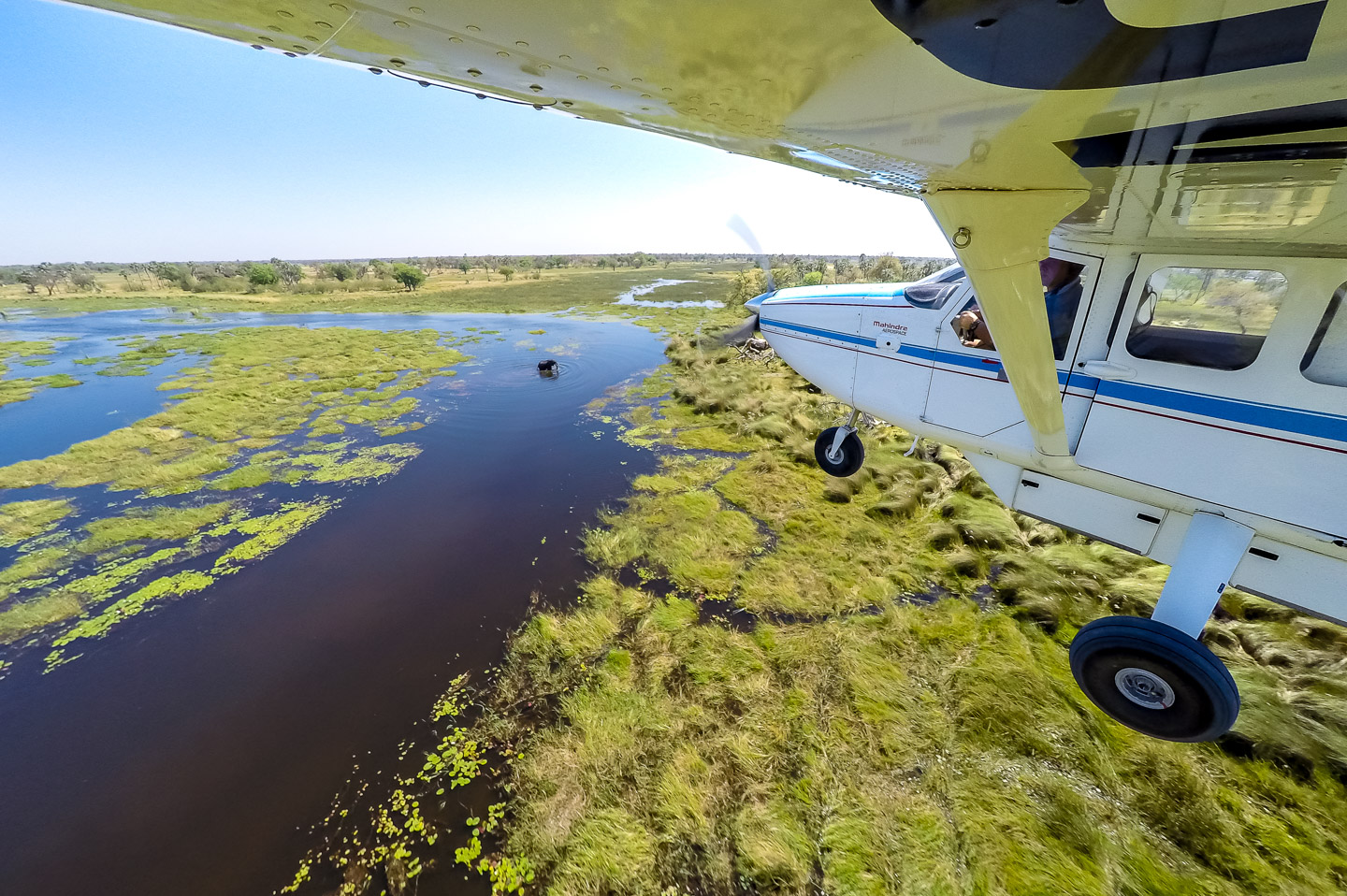
Once again, the dry season months of June to October steal the spotlight for the ‘best’ time to visit Botswana – but we’ll leave it up to you to decide… In the Okavango Delta, it’s high water season, and wildlife of all shapes and sizes migrates to the region in search of water, meaning superb game viewing all round. As water levels are high, it’s also the best time of year to enjoy an iconic mokoro or canoe safari, and float through the tranquil waterways at leisure.
Further afield in the Linyanti, the Savuti Channel is one of the only permanent water sources in the area from June to October, and it’s a magnet for thirsty animals, particularly big cats. Elephant viewing at this time is some of the best in Africa, and June, July and August are renowned for phenomenal wild dog sightings. Generally, the dry season is an excellent time to visit all areas in Botswana, but beware the rising temperatures towards the end of the season (September/October), particularly in the desert lands of the Central Kalahari.
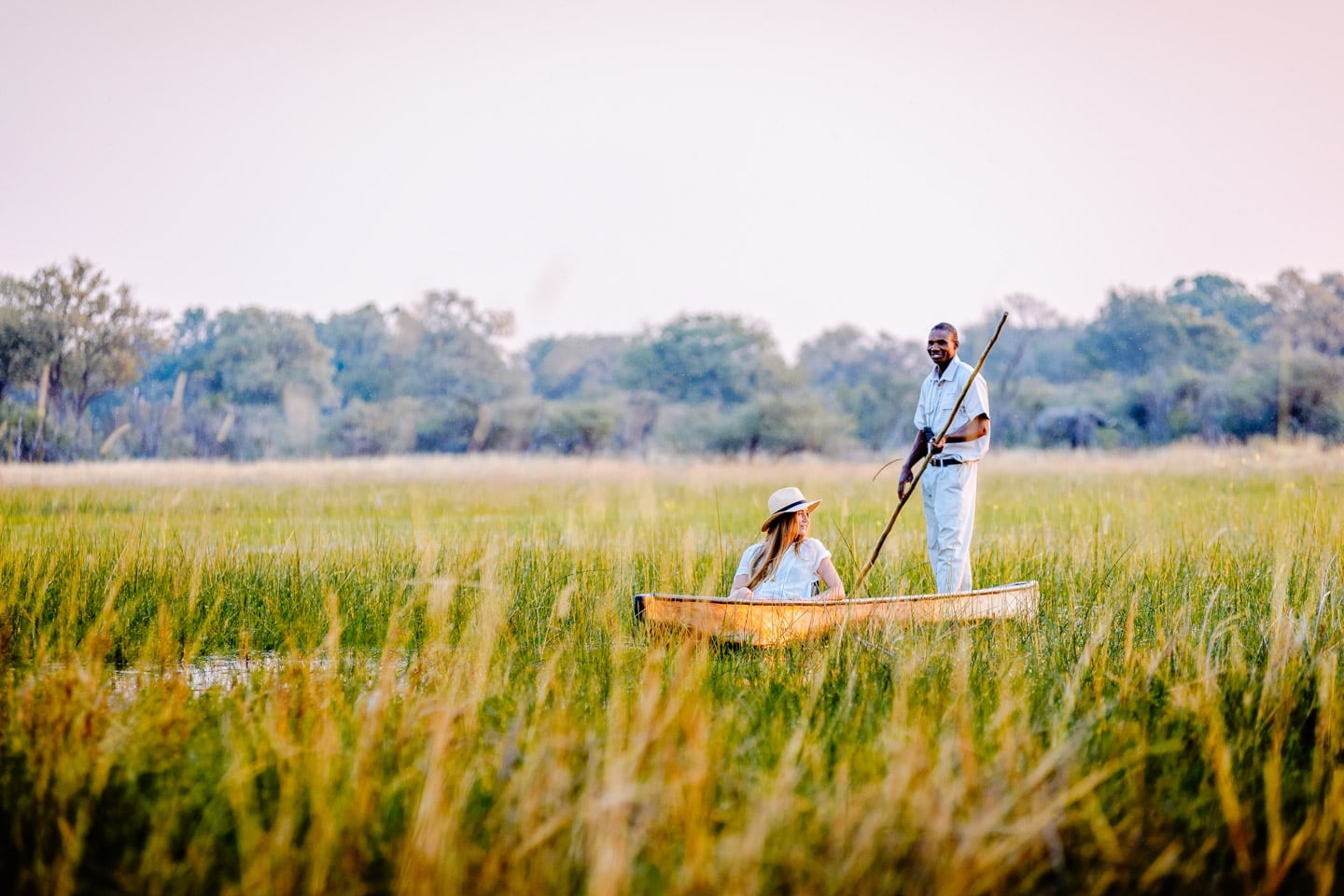
Now, to the green season from December to March. Contrary to popular belief, it certainly doesn’t rain every day and instead, you can expect dramatic thunderstorms mixed with sunshine and clouds – none of that famous English drizzle here! For photographers, this is one of the best times to visit Botswana: the air is clear, the bush is luscious and green, and colours are kaleidoscopically beautiful. Game wise, it’s birthing season for antelopes across the country and the grassy plains are alive with springing babies, causing great excitement among the predators. Birding is also exceptional with the return of several migrant species.
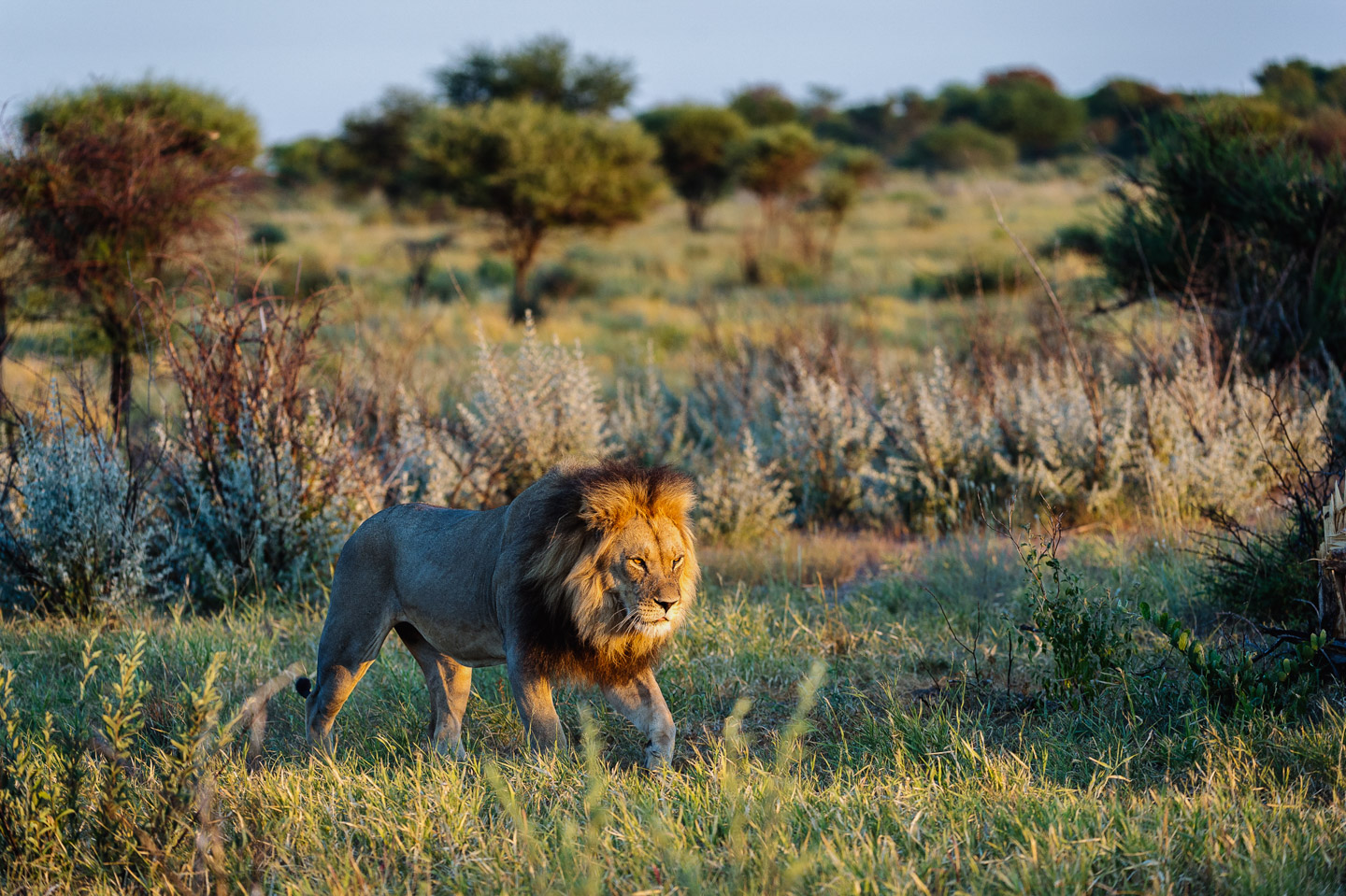
Despite the abundance of rain, the water in the Okavango Delta begins to recede in the green season, leaving behind a blanket of luscious grass. Walking safaris and game drives are possible on the exposed islands and plains, whilst mokoro safaris are still available at the water-based camps. In the Kalahari, game viewing is quite simply spectacular. The once sandy desert is covered in a carpet of lush green grass, attracting animals from far and wide, but what is most unique, is the blossoming of desert bulbs and wild flowers in a riot of beautiful colour.

Often overlooked for a Botswana safari are the transitional times of the year (November and April/May), where the environment finds itself in limbo, waiting for the next season. Days can be bright or cloudy, sunny or rainy but the game viewing is generally very good, and doesn’t differ much from the preceding months. If you’re willing to don a raincoat and embrace the element of unpredictability, then this is the best time to visit Botswana on a budget, with several camps offering deals that would be unheard of at other times of year.
Design your Botswana safari now








